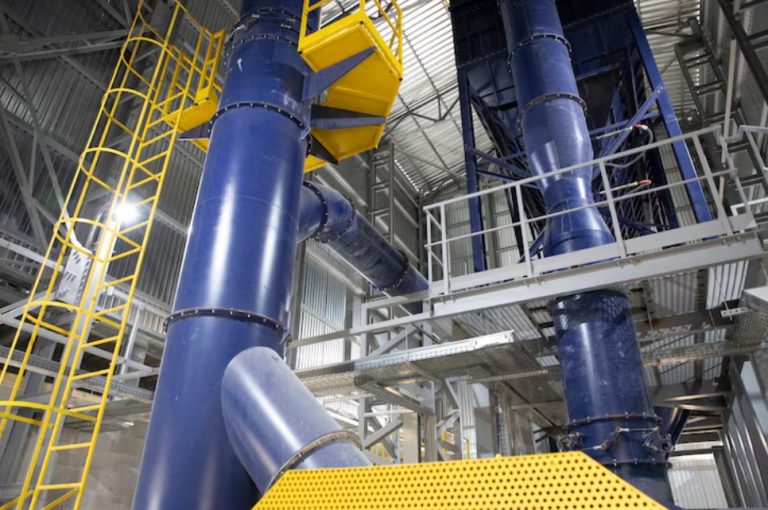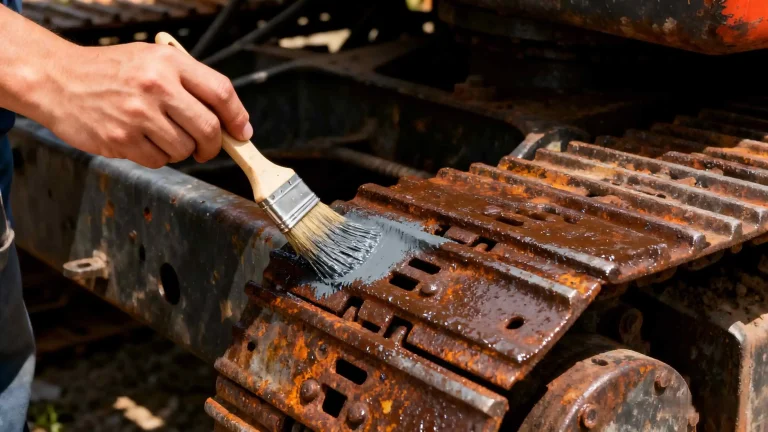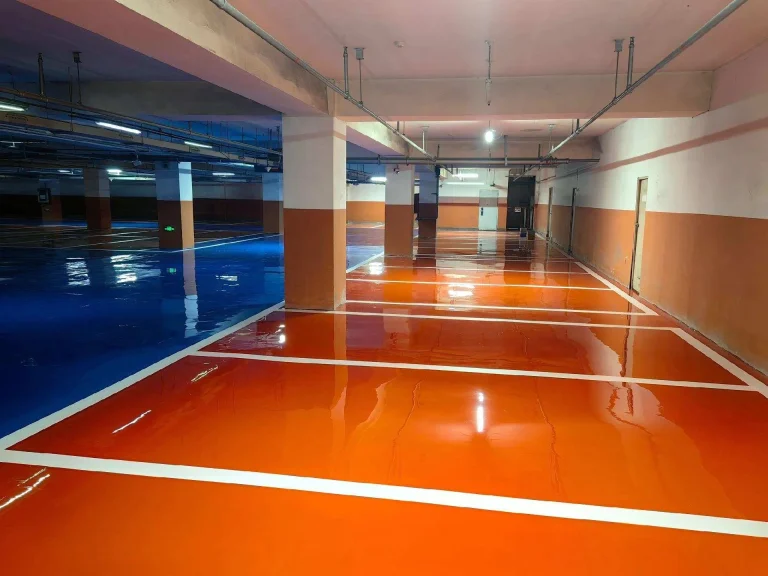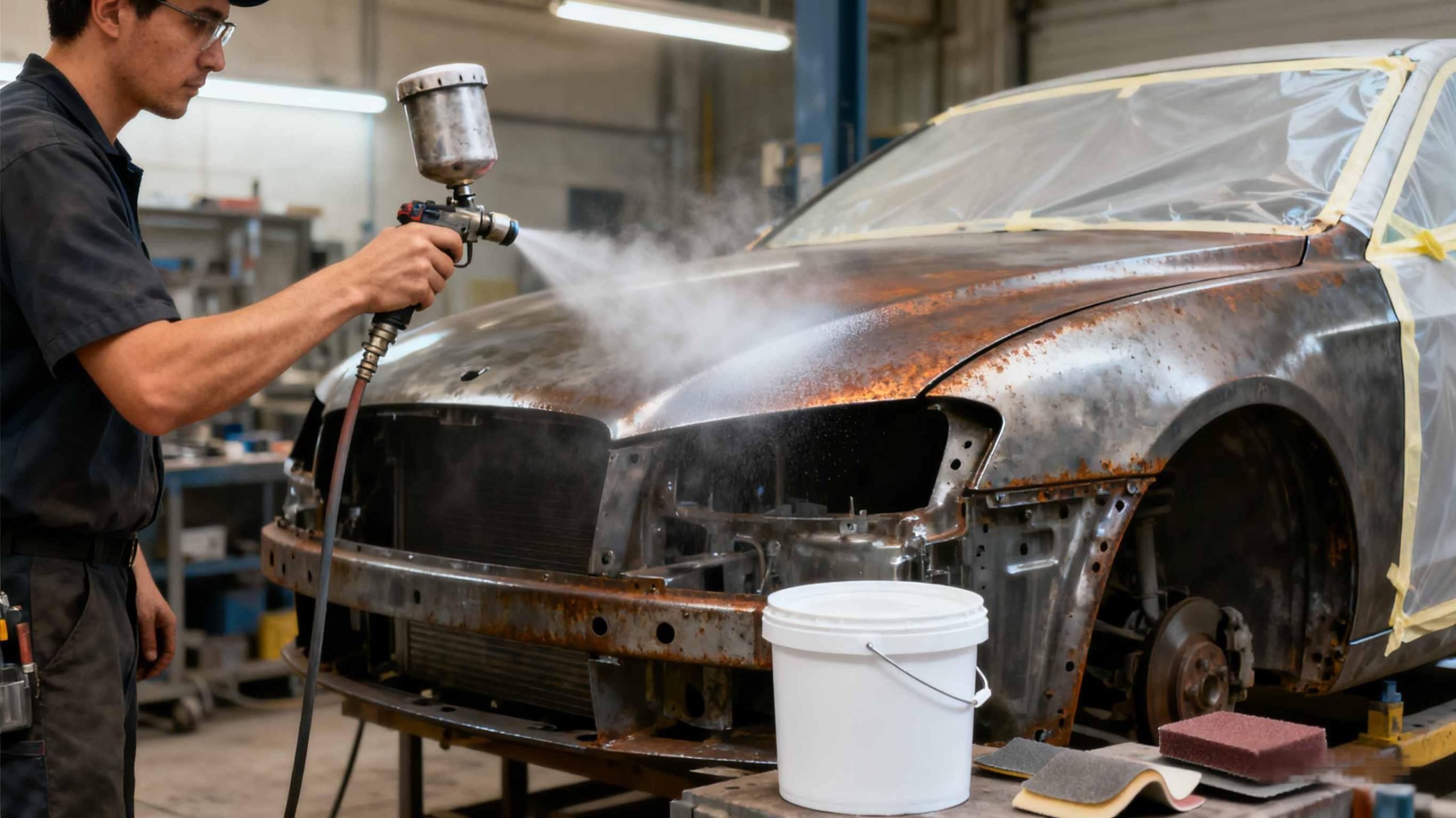
Rust is a car owner’s worst nightmare. It creeps in quietly, leaving ugly reddish-brown patches that can wreck a good-looking vehicle. Whether you’re a gearhead who babies your ride or just someone who drives to the grocery store, stopping rust is a big deal. This is especially true if you live near the ocean or in places with rough winters full of road salt. Anti-rust paint for cars is your best bet to fight back. But picking the right one and using it correctly isn’t always straightforward. This guide lays out the nuts and bolts of anti-rust paint for cars. It shares handy tips to keep your vehicle sharp and rust-free for years.
Why Rust Matters for Your Car
Rust, or iron oxide, forms when metal gets cozy with oxygen and water. Cars are prime targets. They’re out in the rain, snow, road salt, or just humid air day after day. Rust doesn’t just mess with your car’s looks. It can weaken the frame, ruin parts, and slash its resale value. The National Association of Corrosion Engineers says corrosion costs the auto industry billions every year. Fixing rust on one car can cost you thousands.
Picture a tiny rust spot on your car door. Ignore it, and it spreads like wildfire, eating through paint and metal. If you’re in a salty coastal spot like Miami or Seattle, rust moves even faster. Anti-rust paint for cars works like a tough shield. It protects the metal and keeps your ride solid.
Understanding Anti-Rust Paint for Cars
Anti-rust paint is a special kind of coating built to stop corrosion on metal. It’s not your average car paint. It fights off water, salt, and oxidation while gripping the metal like glue. Whether you’re patching a scratch or covering the undercarriage, a solid anti-rust paint makes all the difference.
Key Features of High-Quality Anti-Rust Paint
When you’re shopping for anti-rust paint for cars, look for these must-have qualities:
Awesome Corrosion Protection: It blocks water and salt, keeping rust at bay even in nasty weather.
Tight Grip: The paint sticks to metal like it’s part of it. It won’t peel, even with heat swings or bumps.
Flexible Application: You can spray it, brush it, or roll it on. This works for all kinds of surfaces and skill levels.
Two-in-One Design: Many paints double as a primer and topcoat. This cuts down on work and time.
Budget-Friendly and Tough: A good paint lasts for years, so you don’t have to keep redoing it.
These traits make the paint easy to use and reliable for keeping your car in shape.
Key Considerations Before Applying Anti-Rust Paint
Don’t just crack open a can of anti-rust paint and go to town. You’ve got to plan. Good prep and application are the secret to results that last. Here’s what you need to think about.
1. Check Your Car’s Surface
The state of your car’s surface matters a lot. Rust doesn’t just show up out of nowhere. It starts in scratches, dents, or places where the factory paint is wearing thin. Take a close look at your vehicle. Pay extra attention to spots like the undercarriage, wheel wells, and seams.
Here’s how to get started:
Clean It Up: Scrub away dirt, grease, and loose rust with a wire brush or sandpaper. A clean surface lets the paint grab on tight.
Tackle Rust: For small rust spots, sand them down or use a rust remover gel. If the corrosion is bad, you might need a pro to step in.
Dry It Completely: Any water left behind can get trapped under the paint. That’s a recipe for more rust.
I helped a buddy fix up his old ‘90s truck once. The undercarriage was a rust disaster. We spent a whole day sanding and cleaning. After we slapped on some quality anti-rust paint, it’s been rust-free for two years. Prep is everything.
2. Pick the Right Paint for the Job
Not all anti-rust paints are the same. Some are made for specific spots, like high-heat areas (think exhaust pipes). Others are all-purpose. Think about where you’re putting the paint:
| Area | Best Paint Type | What to Know |
| Undercarriage | Heavy-duty anti-rust paint | Must handle road salt and flying rocks |
| Body Panels | Anti-rust primer + topcoat | Needs a smooth finish, color match |
| Exhaust Systems | High-heat resistant paint | Has to take heat up to 800°C |
| Wheel Wells | Flexible anti-rust coating | Resists gravel and constant shaking |
For most folks, a paint that works as both primer and topcoat is the way to go. It’s simple and gets the job done.
3. Think About Your Local Weather
Where you live changes how rust forms and how your paint holds up. If you’re in a humid or coastal area, salt in the air speeds up corrosion. Pick a paint that’s great at fighting salt spray. In cold places with lots of road salt, go for one with strong corrosion protection. Check the paint’s specs. Look for drying times—like touch dry in 2 hours or less at 25°C. Also, check coverage, like 6–8 square meters per kilogram per coat. Make sure it fits your situation.
4. Choose How to Apply It
You can put anti-rust paint for cars on with a spray, brush, or roller. Each has its perks and pitfalls:
Spray: Gives a clean, even coat. It’s perfect for big areas like undercarriages. But you’ve got to tape off spots to avoid overspray.
Brush: Great for small touch-ups or tricky corners. It might leave brush marks, though.
Roller: Works for flat surfaces. It’s not used much for cars.
Try your method on a piece of scrap metal first. A friend of mine once sprayed his wheel wells without testing. He ended up with drips all over. It was a headache to clean up.
5. Stay Safe and Store It Right
Anti-rust paints have chemicals that can be harsh. Work in a spot with plenty of fresh air. Wear gloves and a mask to keep fumes out of your lungs. Store the paint in a cool, dry place. Most cans stay good for about 12 months if sealed tight.
6. Keep Up with Maintenance
Even the best anti-rust paint isn’t a set-it-and-forget-it fix. Check your car regularly. Look for scratches or chips where rust could sneak in. Fix those spots right away. If you live in a tough climate—like near the beach or in snowy areas—inspect every year. Reapply every 1–2 years if you see wear. A little effort keeps your car protected.
7. Know When to Call a Pro
Sometimes, rust is too much to handle on your own. If your car’s frame or major panels are heavily rusted, a professional shop might be the better call. They’ve got tools and know-how to tackle big jobs. For small fixes, though, a DIY approach with anti-rust paint for cars works just fine.
Konaz: Your Trusted Anti-Rust Paint Supplier
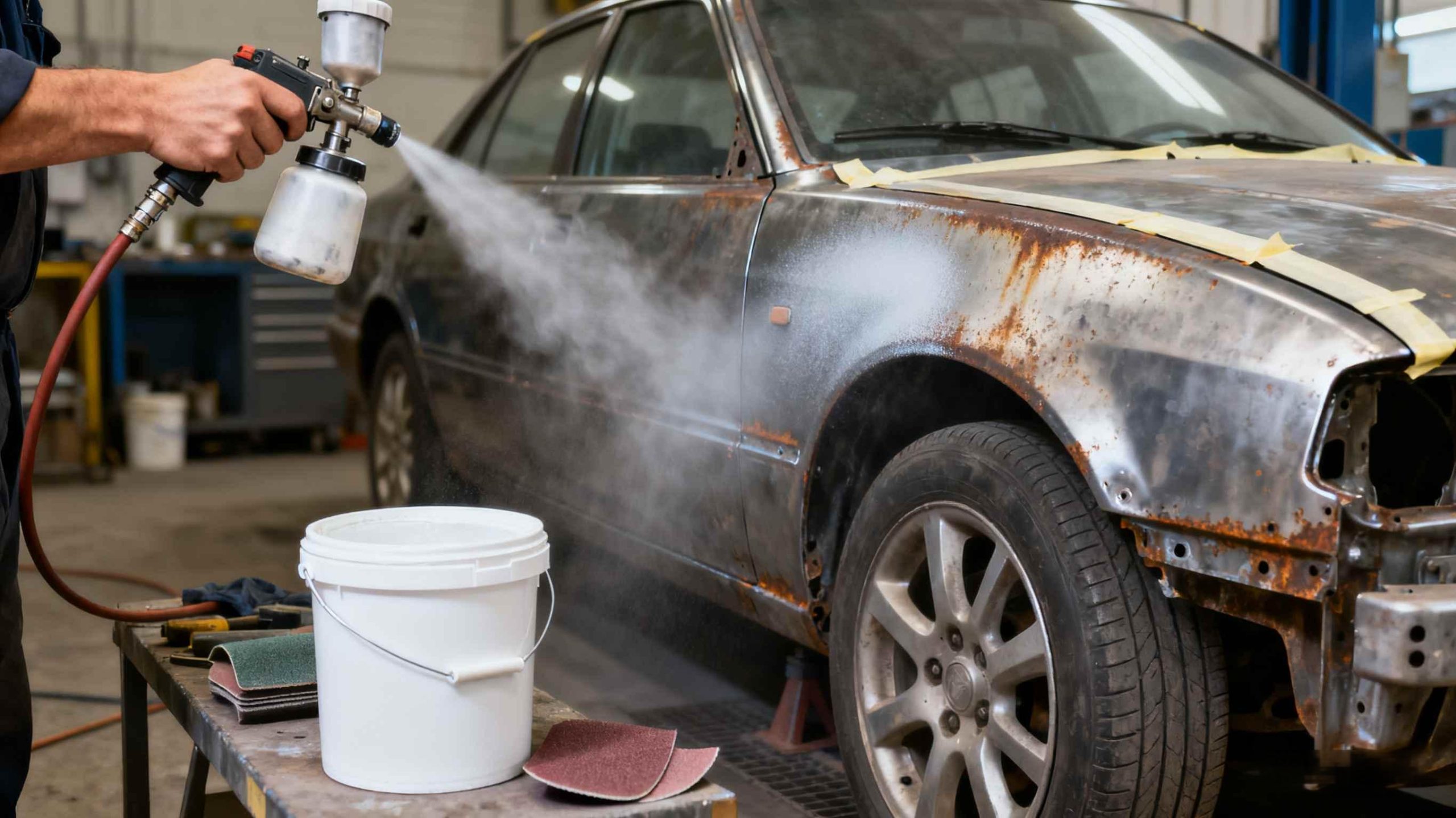
When you’re fighting rust, the brand you choose matters. Konaz is a big name in advanced coatings. They make top-notch anti-rust paint for cars and other uses. Konaz is all about innovation. Their paints fight corrosion hard, stick like glue, and go on easy. Whether you’re coating a car undercarriage or marine gear, their products are trusted by weekend warriors and pros alike. Konaz delivers tough, wallet-friendly solutions that fit your needs.
Conclusion
Keeping rust off your car isn’t just about maintenance. It’s about protecting your investment and keeping your ride looking good. Pick the right anti-rust paint for cars. Prep the surface carefully. Apply it with care. These steps stop rust in its tracks. Whether you’re dealing with salty roads or humid air, a solid paint job keeps your car safe. Konaz offers high-quality coatings to make the job easier. Take the time to do it right, and your car will stay rust-free for years.
FAQs
What makes anti-rust paint for cars different from regular paint?
Anti-rust paint for cars is built to stop corrosion. It blocks water, salt, and oxygen. Regular paint can’t match that. It grips metal tightly and holds up in rough conditions. This makes it ideal for cars.
Can I apply anti-rust paint for cars myself?
Absolutely. Most anti-rust paints are user-friendly. You can spray, brush, or roll them on. Prep is crucial, though. Clean and sand the surface well. Follow the directions. Work in a spot with good airflow.
How often should I reapply anti-rust paint for cars?
It depends on your climate and driving habits. In harsh spots like coastal towns or snowy areas, check your car yearly. Reapply every 1–2 years if it’s wearing thin. Quality paints last longer with regular upkeep.
Is anti-rust paint for cars okay for high-heat areas like exhaust systems?
Not all anti-rust paints handle high heat. For exhaust systems, pick a high-temperature resistant paint. It should take up to 800°C. This keeps it from peeling or fading under extreme heat.
Can I get anti-rust paint for cars in different colors?
Yes, many come in colors like grey or red oxide. Some brands, like Konaz, offer custom shades. Check the product specs to find a color that matches your car’s style.

